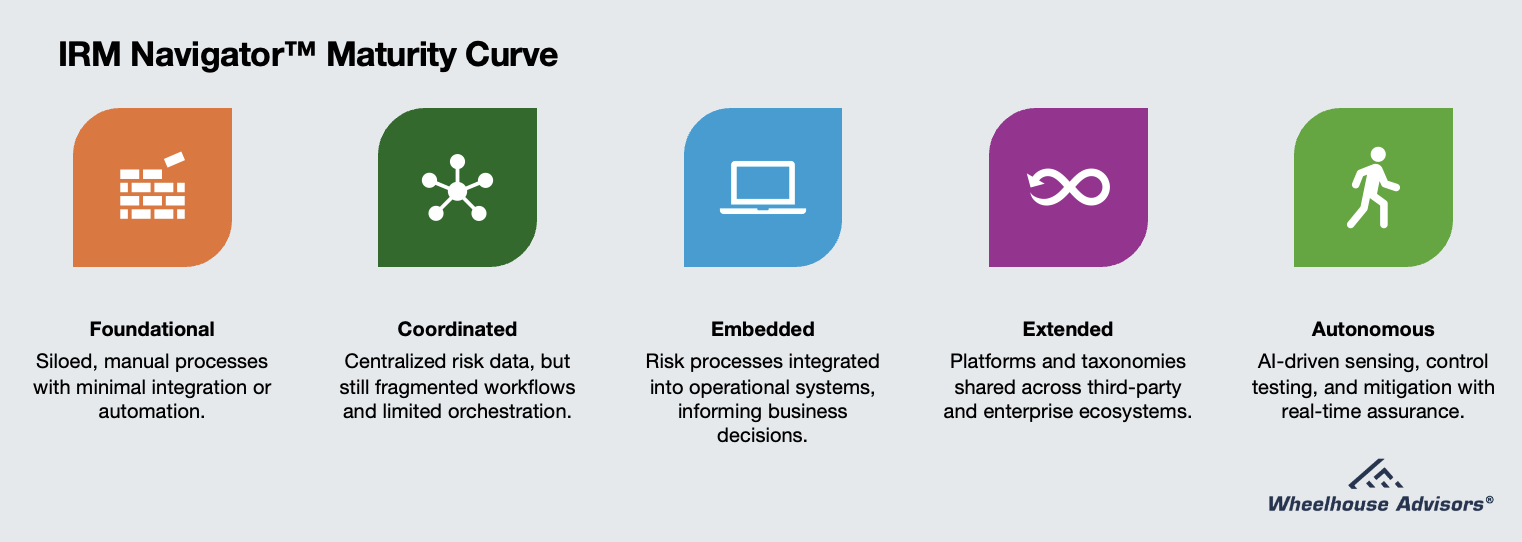How CrowdStrike’s Agentic AI Accelerates Autonomous IRM
From Threat Detection to Risk Execution: A Paradigm Shift
CrowdStrike’s launch of Charlotte AI—its agentic AI architecture now embedded within the Falcon platform—marks a decisive shift in how risk is not only detected, but addressed. With its triad of capabilities (Agentic Detection Triage, Agentic Response, and Agentic Workflows), Charlotte introduces a new operating model: one where AI systems autonomously assess, act, and learn within predefined parameters.
The implication for Integrated Risk Management (IRM) is profound. These are not just smarter alerts or faster forensics. They are machine-initiated decisions with immediate governance, compliance, and operational consequences. And that demands a new framework—one that aligns autonomous action with enterprise risk oversight.
CrowdStrike has, in effect, built the signal and execution layers. The challenge for the IRM ecosystem is now orchestration: Can risk platforms and programs translate autonomous security events into coordinated, auditable business responses?
Redefining Risk Through the Five Functional Layers of Autonomous IRM
To meet this moment, risk leaders need more than updated tooling—they need an architectural blueprint. The Five Functional Layers of Autonomous IRM, as introduced in the 2025 IRM Navigator™ Viewpoint Report, offer just that. These layers map the continuum between strategic oversight and real-time control:
1. Strategic Oversight
Aligns risk appetite, capital allocation, and business priorities with enterprise strategy.
IRM Domains: ERM
Primary Objectives: Performance, Resilience
2. Business Orchestration
Routes risk signals across functions to drive coordinated mitigation and operational execution.
IRM Domains: ORM
Primary Objectives: Resilience, Performance
3. Threat Intelligence & Validation
Simulates and stress-tests systems using AI, telemetry, and threat modeling to validate exposure dynamically.
IRM Domains: TRM
Primary Objectives: Resilience, Assurance
4. Remediation & Response
Executes autonomous mitigation based on policy-driven thresholds—spanning identity isolation, continuity protocols, or third-party escalations.
IRM Domains: TRM, ORM
Primary Objectives: Resilience, Compliance
5. Verification & Audit
Captures evidence, aligns to controls, and delivers real-time assurance for internal and external stakeholders.
IRM Domains: GRC
Primary Objectives: Assurance, Compliance
Charlotte AI now performs critical functions within Layers 3 and 4. But without a coordinated response system, these actions risk becoming isolated events rather than managed outcomes.
Autonomous IRM closes this loop. It ensures that machine-executed decisions are not only authorized but absorbed into the integrated risk fabric, scored, escalated, documented, and improved upon.
Aligning Agentic Action to the IRM Navigator™ Maturity Curve
While the technology may be ready, organizational readiness is another matter entirely. The IRM Navigator™ Maturity Curve offers a clear diagnostic lens:
Source: wheelhouseadvisors.com
Charlotte AI represents a Layer 3–4 catalyst. However, most IRM programs remain stalled between Coordinated and Embedded. That gap is not just technical. It reflects structural, cultural, and leadership barriers—particularly in organizations that treat risk as an audit function rather than an operational system.
Achieving Autonomous IRM requires a shift in focus: from documentation to orchestration, from compliance snapshots to real-time execution.
Risk at Machine Speed: What the Future Demands
CrowdStrike’s innovation makes one fact unavoidable: the speed of risk has outpaced the speed of human decision-making. Agentic systems now detect and respond to incidents in seconds. Risk management must evolve to operate at that tempo—not just observing what happened, but governing what happens next.
This is not a theoretical future. It is live, production-level activity initiated by AI, executed within security platforms, and demanding immediate reconciliation across policy, continuity, third-party, and assurance domains.
To respond, IRM programs must:
Ingest agentic telemetry from systems like Charlotte AI
Translate that signal into risk context (e.g., thresholds, controls, personas)
Trigger real-time workflows across IRM domains and platforms
Capture machine-driven actions as formal evidence for audit and compliance
Adjust policies and models based on autonomous outcomes and feedback
The organizations that can architect these capabilities across the Five Functional Layers—and progress into Stage 5 of the IRM Maturity Curve—will gain a decisive advantage. Not only in managing today’s threats, but in designing tomorrow’s resilience.
Final Thought: It’s Time to Build the Missing Layer
CrowdStrike has built the nervous system. The enterprise now needs the musculature and memory—the architecture that turns signals into strength. Autonomous IRM isn’t just about technology. It’s about building the connective tissue that allows risk intelligence to move, act, and improve across the enterprise. The Five Layers give us the structure. The Maturity Curve gives us the map.
What’s missing is execution. And that is no longer optional. Because the risk environment is no longer waiting.
Sources:
Wheelhouse Advisors. 2025 IRM Navigator™ Viewpoint Report, Version 1.1. https://www.wheelhouseadvisors.com/irm-navigator-research/p/irm-navigator-annual-viewpoint-report
CrowdStrike. “CrowdStrike Launches Agentic AI Innovations.” BusinessWire, April 28, 2025. https://www.businesswire.com/news/home/20240428989876/en/CrowdStrike-Launches-Agentic-AI-Innovations

